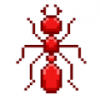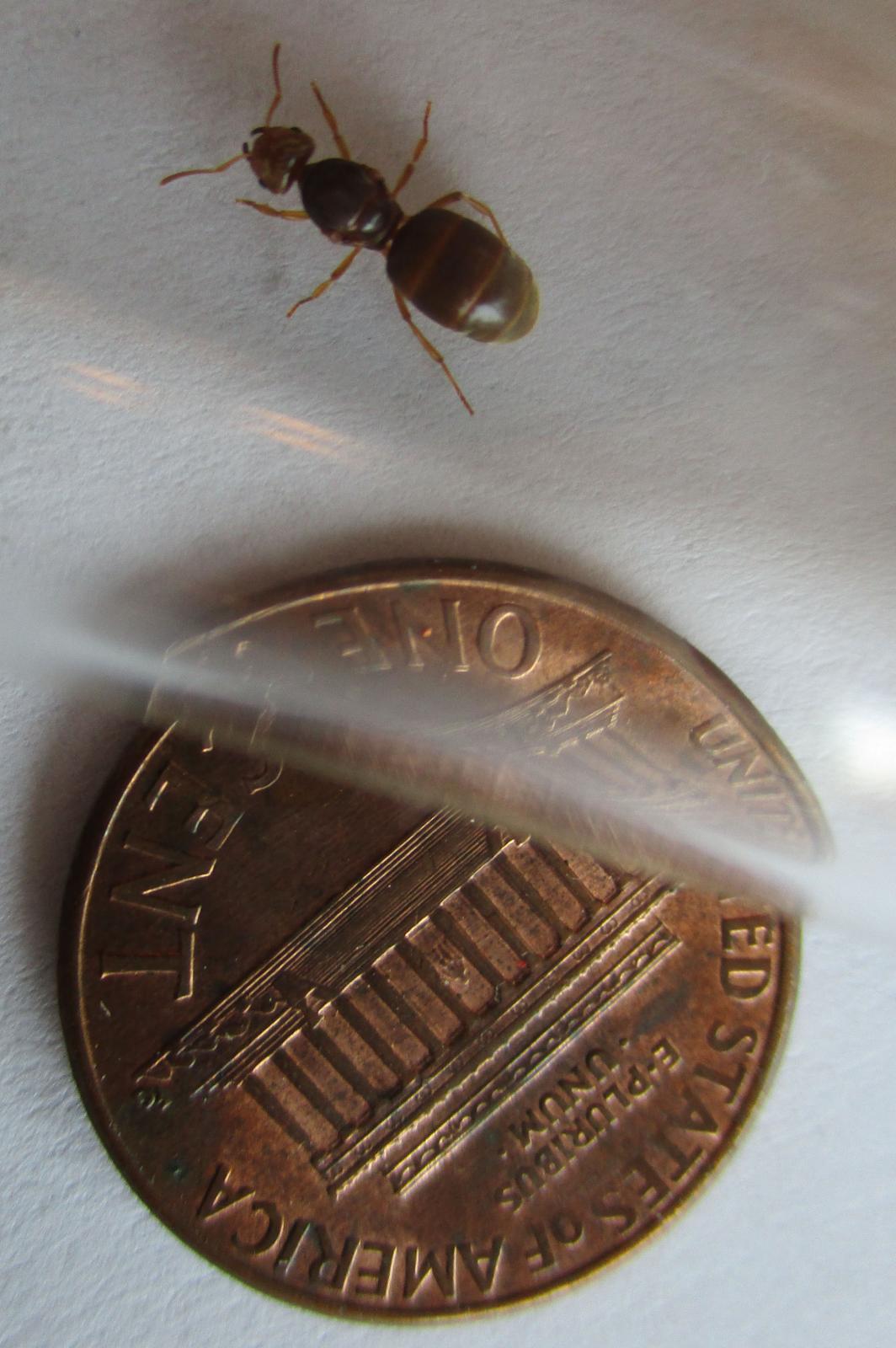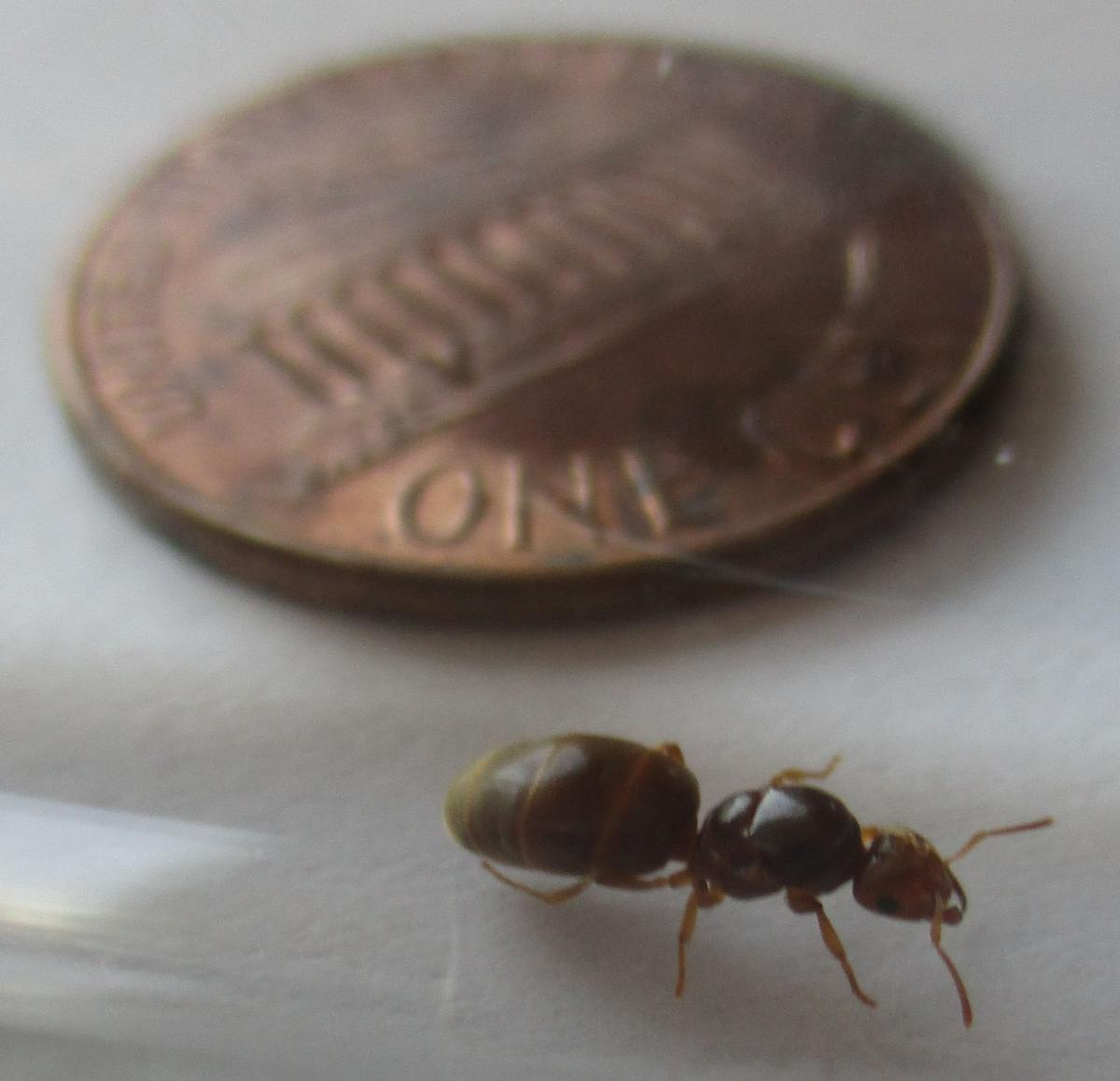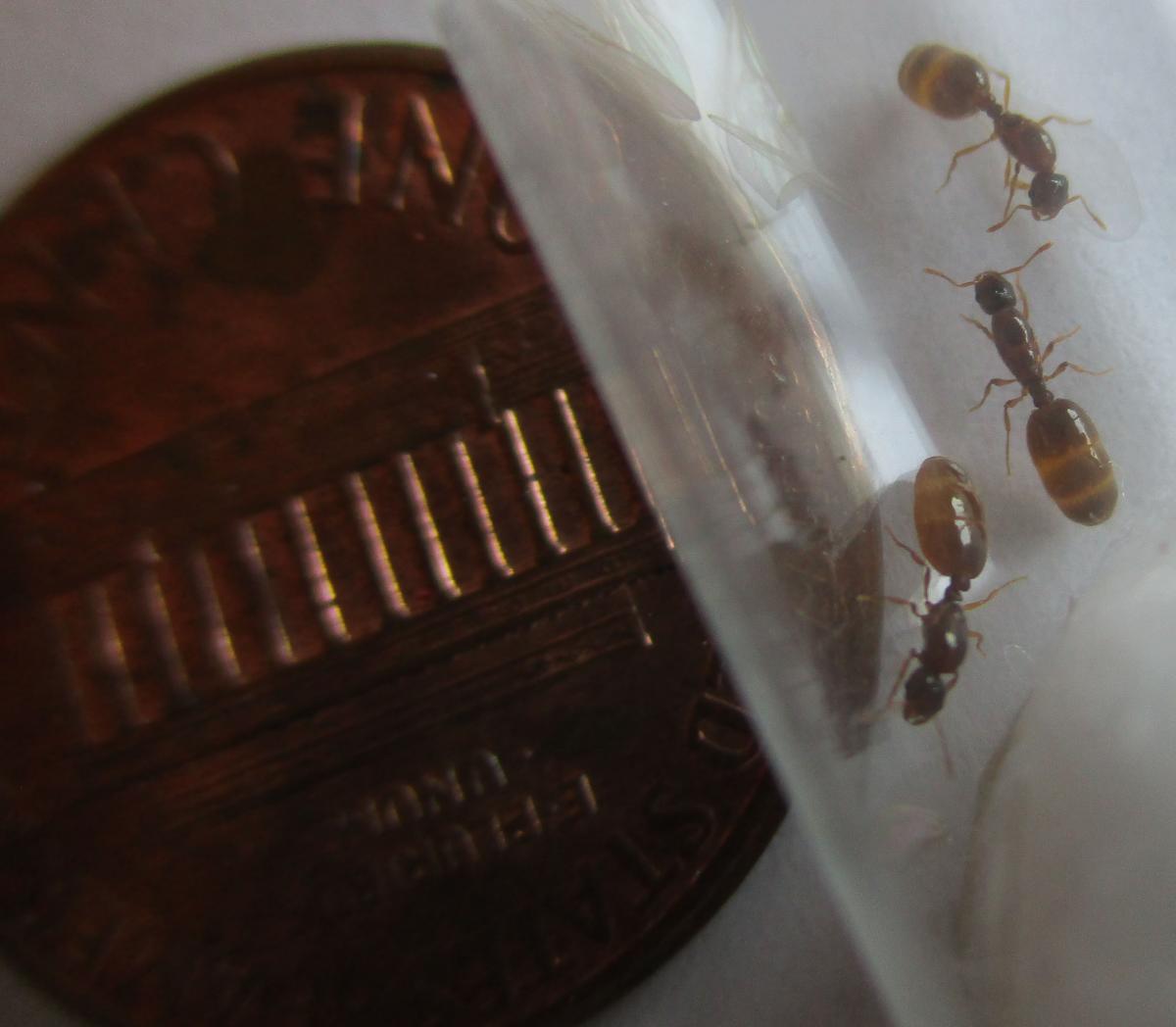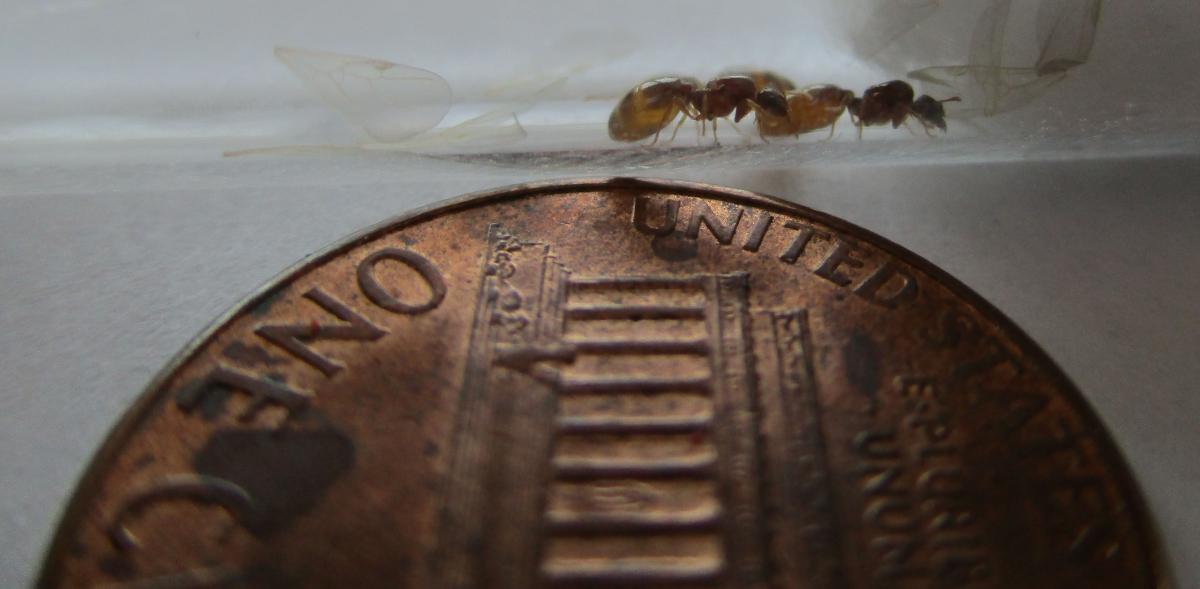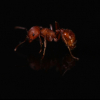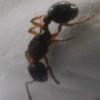Location of collection: My suburban home in State College, PA
Date of collection: 8/14/15 (yesterday)
Habitat of Collection: Most were just flying through my yard, or landing on my driveway.
Length: See photos showing penny.
I'm guessing that the 2nd queen species is Solenopsis molesta again.


